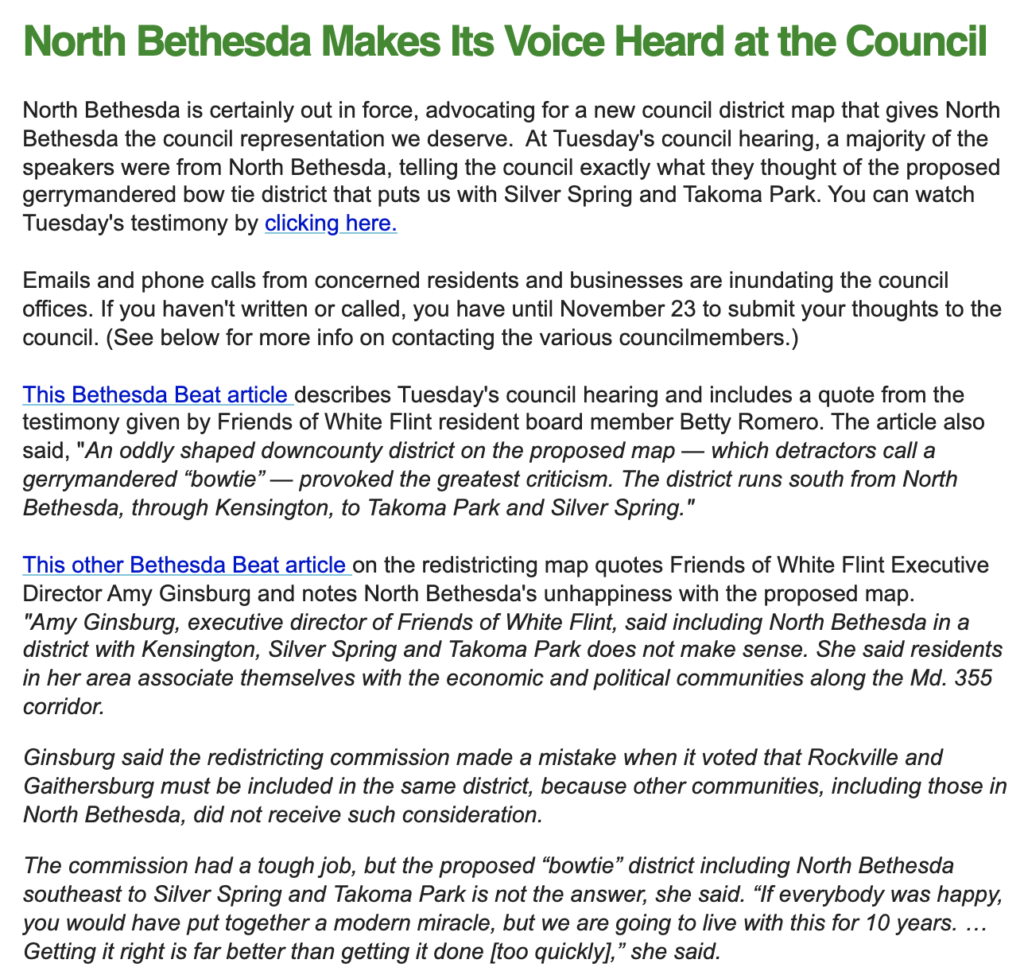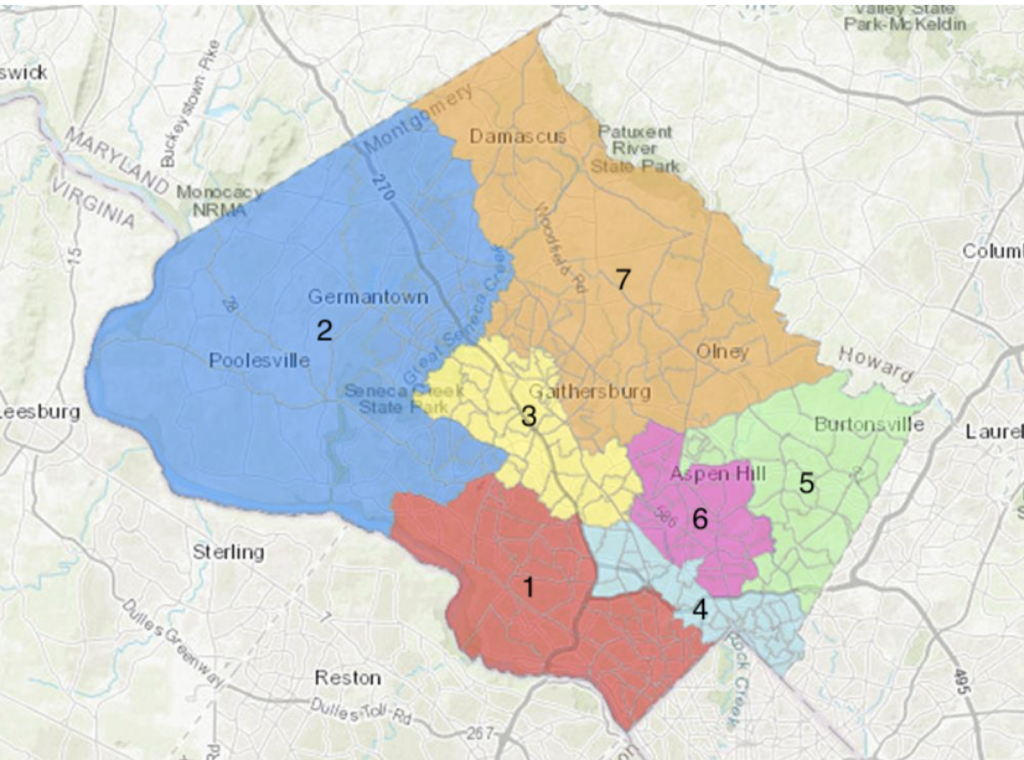Doug Gansler, Wes Moore, Tom Perez and Rushern Baker
The Committee for Montgomery’s annual legislative breakfast at the Bethesda Marriott Conference Center is one of those annual events that brings together the political class of Montgomery County for a good schmooze. This year, CfM also held a forum moderated by Washington Post Reporter Ovetta Wiggins that was open to all gubernatorial candidates. For me, it was either the first time seeing the candidate or the first time in a long while.
Wes Moore is the candidate that stood out as a comer. By far the best speaker in the group, he came across as authentic rather than simply silver tongued. Getting former Del. Aruna Miller to be his running mate adds legislative experience. I still don’t know much about him but he’s one to watch.
After getting shellacked by Anthony Brown in 2014, former Attorney General Doug Gansler is back for another go. He’s running as a practical liberal—moderate by Maryland standards—who has the experience to get things done. The subtext is that he’s also matured and grown since his time out from politics.
Tom Perez would be the first Latino governor but is also running as the insider, establishment candidate who knows just everyone. As well he should. Since he finished his one term on the Montgomery County Council in 2006, he’s served as Assistant Attorney General for Civil Rights, Secretary of Labor and DNC Chair. That gives him a lot of chits and fundraising ability but also means that he’s little known by voters.
Former Prince George’s County Executive Rushern Baker, one of the most decent people in Maryland politics, lost the primary for governor in 2018 but left many thinking he would’ve been the better nominee. The forum left me wondering exactly why he wants to be governor. He highlighted his Montgomery running mate, Nancy Navarro.
Ashwani Jain is campaigning as young, smart and passionate progressive, but I just don’t get it. He ran for one of four at-large county council seats in 2018 and came in eighth in the primary. Not a signal to run for governor. Likes to consult his diary.
Former New York Education Commissioner and Secretary of Education John King seems like another smart guy who nobody knows and who failed to stand out, even on education, in a crowd of candidates who are better known and more experienced on the Maryland scene. Left me wondering why he’s running.
Jon Baron struck me as yet another earnest, perfectly likeable candidate with primarily Washington experience who won’t gain traction. This year’s Alec Ross?
Comptroller Peter Franchot is from Montgomery County yet didn’t show. Not especially popular with the political class, he returned the compliment. They aren’t the base of this former hard progressive, now moderate, so I doubt it matters.
Robin Ficker showed up with his hackneyed anti-tax message. He promised to cut the sales tax by 2%, which he oddly labelled a rebate, but per usual didn’t mention one spending item he’d cut. He attacked teachers “Where were they?” for not teaching and went after mask mandates for school kids, though he’s vaccinated.
Neither Del. Dan Cox, (R-QAnon) nor former Del. and Maryland Commerce Secretary Kelly Schulz showed. Perhaps a missed opportunity for Schulz. Though a Democratic heartland, Montgomery still casts a lot of Republican primary votes and she’ll need to make inroads here like Larry Hogan to win in the general.
Libertarian Larry Lashar came across as what Republicans used to be—a bit dull but with a coherent viewpoint and some innovative ideas, like school choice. If the Republicans nominate a wackadoodle, he could get more votes than your usual third-party candidate.
Ovetta Wiggins did an excellent job as moderator by asking straightforward policy-oriented questions and letting the forum be about the candidates.






